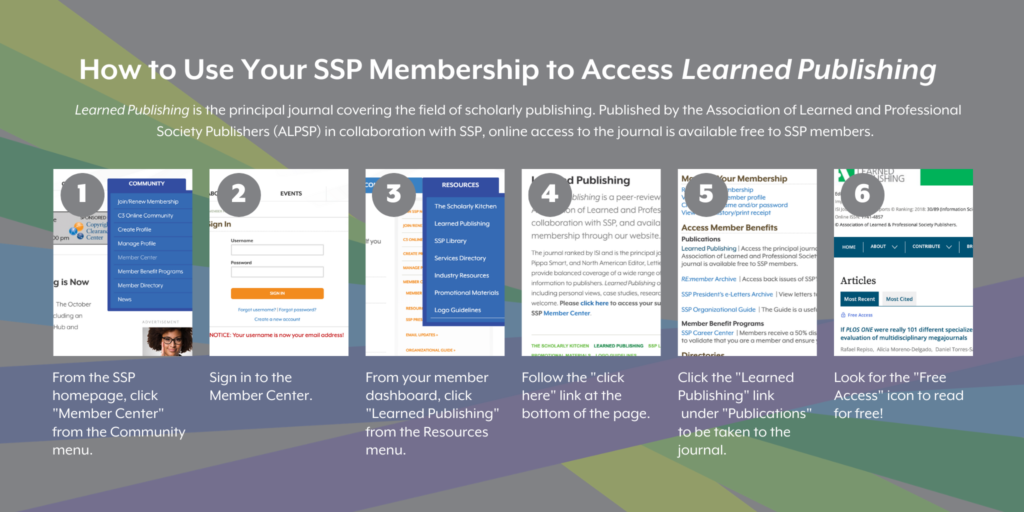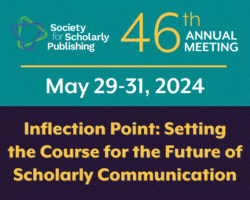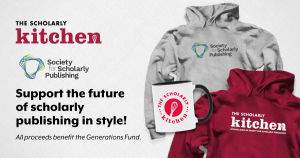
Now available in the newly published Volume 33, Issue 2 of Learned Publishing. Access to Learned Publishing is a benefit of membership in SSP. You can read the full-text online.
Who shares health and medical scholarly articles on Facebook?
Ehsan Mohammadi, Nilofar Barahmand, and Mike Thelwall | Learned Publishing | Volume 33, Issue 2
Over a million journal articles had been shared on public Facebook pages by 2017, but little is known about who is sharing (posting links to) these papers and whether mention counts could be an impact indicator. This study classified users who had posted about 749 links on Facebook before October 2017 mentioning 500 medical and health‐related research articles, obtained using altmetric data.
Key points:
- Over half of Facebook users posting about scientific articles are non‐academics.
- Health care professionals and online communities represented 33% of all postings to health and medical articles on Facebook.
- Facebook postings about academic articles are an indicator of non‐academic attention but need to be treated with caution when reporting impact.
Lead author Ehsan Mohammadi, Assistant Professor at the College of Information and Communications at the University of South Carolina, told us a bit about his interest in this topic.
What drew you to study the prevalence of links to medical research that are posted on the non-academic Facebook platform?
Exploring knowledge flows within and outside academia is a research area in the field of information science. Social media provides a new avenue for disseminating scholarly information among scholars as well as to the public. However, the role of social media in the diffusion of scientific publications is not well understood. Some social web platforms, such as Twitter and Mendeley, have previously been investigated, but there had been no systematic study to understand the role of Facebook as the largest social network site in the new ecosystem. As a result, we decided to explore this issue by identifying medical journal papers that have been mentioned on Facebook public posts. We focused on health and medical papers because they are shared on Facebook more than papers from other disciplines. Also, new academic findings in health and medical sciences are potentially interesting for the public and health professionals.
Where you surprised by the frequency of sharing scholarly articles by non-academic individuals and groups?
We were surprised that most papers in our sample were disseminated by Facebook users outside academia. This indicates that Facebook can facilitate diffusion of scientific findings to a broader audience, which helps in the mission of universities to inform society. This agrees with another study about papers shared on Twitter that I led and published in PLOS ONE.
We also found that most of the Facebook accounts that shared health and medical science papers were non-individual users such as online communities, journals, academic organizations, and societies. However, similar studies on Twitter showed that most accounts were owned by individuals.
What can authors and publishers derive from this measure of “societal” impact?
It is a useful indicator for health researchers as a way to quickly check for evidence of societal impact, although a score of 0 does not equate to an absence of impact because many impacts are not recorded on the social web. Measuring the societal impact of research is complicated and there is no single effective method. In some areas of science, such as pharmacy and technology-related fields, impacts on society may be easily identified, but in other disciplines, such as basic science and social science it is typically not straightforward to identify societal impacts. We need to explore different aspects of the societal impact of scientific outputs in different areas of science as well as the way that we can capture and measure their impacts. After that, authors and publishers need to think about tailored strategies to disseminate their publications to different stakeholders beyond academic institutions.
Are there lessons in the study for the coronavirus era, where experts are often viewed with suspicion and science denial endures in popular culture?
One of the challenges in today’s information ecosystem is identifying misleading content, especially on social media. Misleading academic papers or misinterpretation of scholarly articles that generate an audience could be identified by monitoring Facebook and other social websites. Widely shared papers could be checked to ensure that they are giving accurate information, although we did not do this in the study. For instance, in another study that was recently published in Information Processing and Management, we found that alternative medicine was one of the most Facebook-friendly health and biomedical topics, among others—presumably because ordinary people use social media to share information about alternative remedies that they cannot find through official challenges and medical doctors. However, this needs to be studied systematically.
The April issue of Learned Publishing is now available! The entire issue, including Prof. Mohammadi’s article, is available as part of your SSP membership!
News contribution by SSP member, Michael Groth. Mike is Director of Marketing at Cenveo Publisher Services.




Join the Conversation
You must be logged in to post a comment.